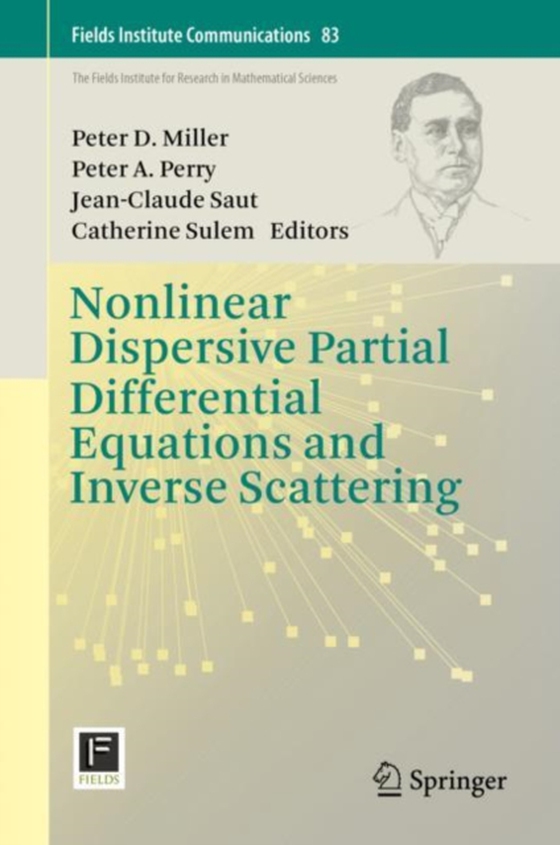
Nonlinear Dispersive Partial Differential Equations and Inverse Scattering e-bog
1021,49 DKK
(inkl. moms 1276,86 DKK)
This volume contains lectures and invited papers from the Focus Program on "e;Nonlinear Dispersive Partial Differential Equations and Inverse Scattering"e; held at the Fields Institute from July 31-August 18, 2017. The conference brought together researchers in completely integrable systems and PDE with the goal of advancing the understanding of qualitative and long-time behavior in dis...
E-bog
1021,49 DKK
Forlag
Springer
Udgivet
14 november 2019
Genrer
PBKJ
Sprog
English
Format
epub
Beskyttelse
LCP
ISBN
9781493998067
This volume contains lectures and invited papers from the Focus Program on "e;Nonlinear Dispersive Partial Differential Equations and Inverse Scattering"e; held at the Fields Institute from July 31-August 18, 2017. The conference brought together researchers in completely integrable systems and PDE with the goal of advancing the understanding of qualitative and long-time behavior in dispersive nonlinear equations. The program included Percy Deift's Coxeter lectures, which appear in this volume together with tutorial lectures given during the first week of the focus program. The research papers collected here include new results on the focusing nonlinear Schrodinger (NLS) equation, the massive Thirring model, and the Benjamin-Bona-Mahoney equation as dispersive PDE in one space dimension, as well as the Kadomtsev-Petviashvili II equation, the Zakharov-Kuznetsov equation, and the Gross-Pitaevskii equation as dispersive PDE in two space dimensions.The Focus Program coincided with the fiftieth anniversary of the discovery by Gardner, Greene, Kruskal and Miura that the Korteweg-de Vries (KdV) equation could be integrated by exploiting a remarkable connection between KdV and the spectral theory of Schrodinger's equation in one space dimension. This led to the discovery of a number of completely integrable models of dispersive wave propagation, including the cubic NLS equation, and the derivative NLS equation in one space dimension and the Davey-Stewartson, Kadomtsev-Petviashvili and Novikov-Veselov equations in two space dimensions. These models have been extensively studied and, in some cases, the inverse scattering theory has been put on rigorous footing. It has been used as a powerful analytical tool to study global well-posedness and elucidate asymptotic behavior of the solutions, including dispersion, soliton resolution, and semiclassical limits.
 Dansk
Dansk

